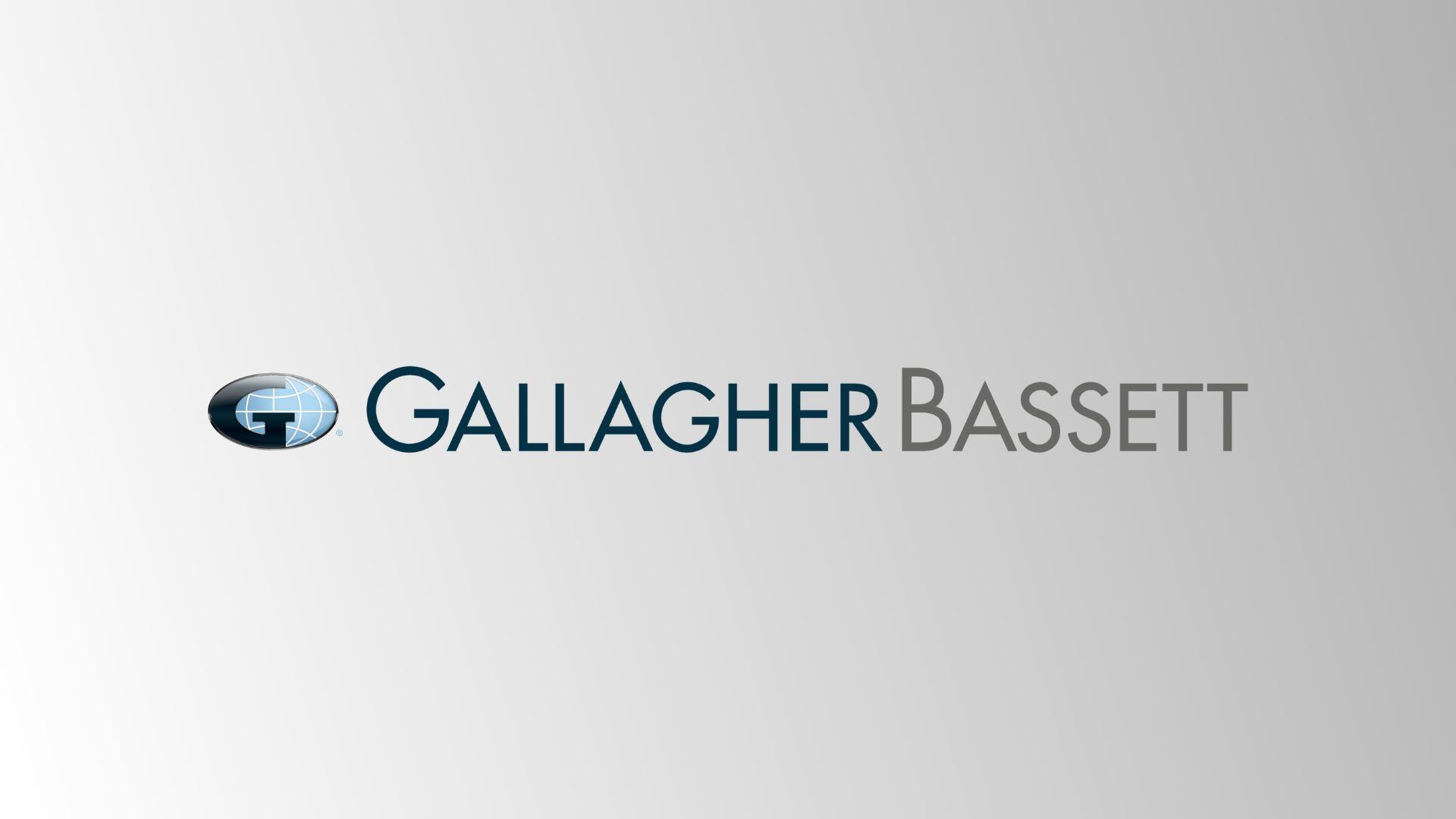Tackling Burnout: Boosting Workplace Culture And Customer Support

From severe weather events, inflation and now the unfolding recession, these factors are impacting not only the overall workplace culture and employees’ wellbeing but also the expectations of customers.
This year has marked a turbulent journey for New Zealand, as it grapples with severe weather events, inflationary pressures, and now the unfolding recession. These factors have cascaded to impact not only customers who have been affected by these events, but also the insurer’s team of internal and external providers that has been vested with the responsibility of managing the various stages of the claim. Unlike previous instances when insurers often experienced moments of respite after catastrophic weather events, this year has seen a relentless demand on their capacities, leaving little room for recovery. The lasting effects from the Auckland Anniversary Weekend floods, which was quickly followed by Cyclone Gabrielle and then the North Island weather, meant productivity levels remained at an all-time high throughout the year and still exists today. Most teams have been working long hours and weekends to address the magnitude of the claims and there is little respite in sight for the remainder of the year and into next.
Conversely, customers find themselves challenged by the repercussions of extended claims timelines for resolution and the impacts of the increased cost of living in their personal lives. In a landscape characterised by anything but business as usual, these pressures extend across all lines of business, making it evident that everyone shares in the industry's collective challenges.
Jessi Dasler, Operations Manager – Claims, Gallagher Bassett New Zealand, explores the current state of the recession's impact on employees, workplace culture, navigating claims delays and supply chain disruptions, and the advantages of strategic outsourcing.
Weathering the recession: A strain on employees and culture
As we work through the current economic landscape, it is important to acknowledge the toll this sustained pressure has taken on employees in the industry. Their unwavering commitment to serving clients and maintaining operations is remarkable, yet it is evident that they are operating under heightened stress and demand. This period requires strategic and empathetic measures to ensure their ongoing wellbeing and to foster a resilient workplace culture. In reminding employees that they are working to live, not living to work, four key strategies to consider are:
- Open channels of communication: The foundation of any successful workplace culture is open and transparent communication. Create an environment of trust by providing platforms where employers and employees can engage in candid discussions about challenges, expectations, and concerns.
- Flexible working arrangements: The line between dedication and overexertion can be thin, especially during periods of sustained pressure. It’s important to strike a balance between encouraging commitment to tasks and ensuring appropriate work hours. Employers should proactively monitor workloads, including overtime, and acknowledge the implications of extended working hours. Encouraging a healthy work-life balance not only prevents burnout but also enhances overall productivity and job satisfaction.
- Wellness initiatives: Employee Assistance Programs (EAP) have emerged a critical strategy for organisations in recognising the mental and emotional toll that extended periods of pressure can exact. EAPs provide a confidential outlet for employees and their families to seek a range of services, addressing both workplace-related challenges, financial distress and personal wellbeing concerns. This initiative underscores the commitment to holistic employee care and the model of Te Whare Tapa Whā: When all these things are in balance, we thrive. When one or more of these is out of balance our wellbeing is impacted. sends a powerful message that their mental health matters.
- Cultivating connection: In times of pressure, fostering a sense of community and connection among employees can serve as a significant source of support. Encouraging regular team check-ins, virtual catch-ups, or workshops that focus on stress management and coping strategies can help employees feel united in their shared experiences.
Empathy and excellence: Elevating customer service in testing times
Customers, too, bear the weight of the times. From the impacts of weather events to inflation and rising living costs, their expectations and emotions are running high. The sheer volume and complexities of these weather events claims has resulted in claims progression not matching the expectations of the customer. You then add to the mix the implications for their financial situation and wellbeing, the approach to excellence in customer service takes centre stage. Empathy becomes not only a guiding principle but an essential tool in building meaningful relationships and providing exceptional support to customers.
- Empathy as a guiding principle: In times of uncertainty and stress, demonstrating empathy in customer interactions is paramount. It is a powerful means to not only understand their concerns but also to show that you genuinely appreciate and care about their unique situations. Empathy forms a bridge of understanding, and this human connection is crucial in building trust and loyalty.
- Timely communication: A cornerstone of effective customer service is timely and consistent communication. Addressing customer concerns promptly not only demonstrates dedication to their needs but also helps to alleviate their frustrations. This standard ensures that customers remain informed and engaged throughout the claims process.
- Tailored and knowledge lead solutions: Acknowledging that each customer's circumstances are unique, a customer-centric approach would be in offering tailored and personalised solutions. By considering the specific challenges customers face, such as home displacement, rising living costs, and other financial pressures, this will show a deep understanding of their needs.
- Managing expectations: Transparency in communication extends to managing customer expectations. Providing a clear understanding of the claims process, potential timelines, and the accurate scope of repairs not only minimises misunderstandings but also positions you as a reliable insurance partner in their journey to resolution.
Navigating operational complexities: Capacity management and customer expectations
Businesses that support the insurance sector are finding themselves at a crossroads of operational complexities, capacity management and workforce wellbeing. The intricate web of matching claim settlements, repairer capacity, Council’s insertion into claims, suitable people resources, claims volumes, all impact and compound into what the what the respective employees are supporting insurer customers manage their claim. As time passes, patience is tested. Here are some ways in which employees can be supported to manage the brunt of these challenges.
- Adapting operations: Ensure a proactive stance towards operation teams adapting a flexible approach to manage each customer solution as unique to them. Some customers will have a preference to manage their own repair, others will not. Some customers are vulnerable and need additional assistance. Some require the local council to make some decisions. As each customer claim scenario evolves, it is imperative that they understand their options and have the right expectations sets. Just as events evolve, so too is the adaption of those that play a part in the claim process, all whilst maintaining best practice in claims management. By embracing adaptability as a core principle, you can ensure the continuation of quality standards, organisational obligations and mitigate the impact of disruptions even amid uncertainty.
- Continuous training: The dynamic nature of the insurance landscape requires a workforce equipped with evolving skills and knowledge. Continuous training initiatives become a cornerstone not only in fortifying operational efficiency but also in nurturing employee satisfaction. Providing employees with the tools they need to navigate these ongoing challenges creates a sense of empowerment and purpose.
- Strategic loss adjusting outsourcing: In the face of mounting pressures of balancing BAU and event claims, strategic outsourcing emerges as a tactical response to ensure great customer outcomes. Partnering with a claims and risk management solution provider offers a solution to alleviate the operational workload while insurers redirect their internal resources towards other areas of the business, vis a vis, or a combination of the two. This not only ensures the optimisation of workforce efforts but also enhances the organisation's ability to continue its focus on claims cost containment. The scalability inherent in outsourcing allows insurers to respond promptly to fluctuations in demand, striking a balance between operational stability and flexibility.
Navigating these complex times demands a combination of empathy and practical strategies. Our Gallagher Bassett team leads by example, coaching our team on negotiating difficult conversations with customers, psychological impacts and ensuring employees have the support they need to manage challenging situations. Our team’s dedication reflects the heart of Gallagher Bassett's ethos – genuine care and unwavering support for customers in their times of need.
As the challenges persist, elevating workplace culture and embracing strategic outsourcing, stand as beacons of resilience and prudent risk management strategies. Contact our team today and find out how we can help you work through this difficult time in the industry.
Author

